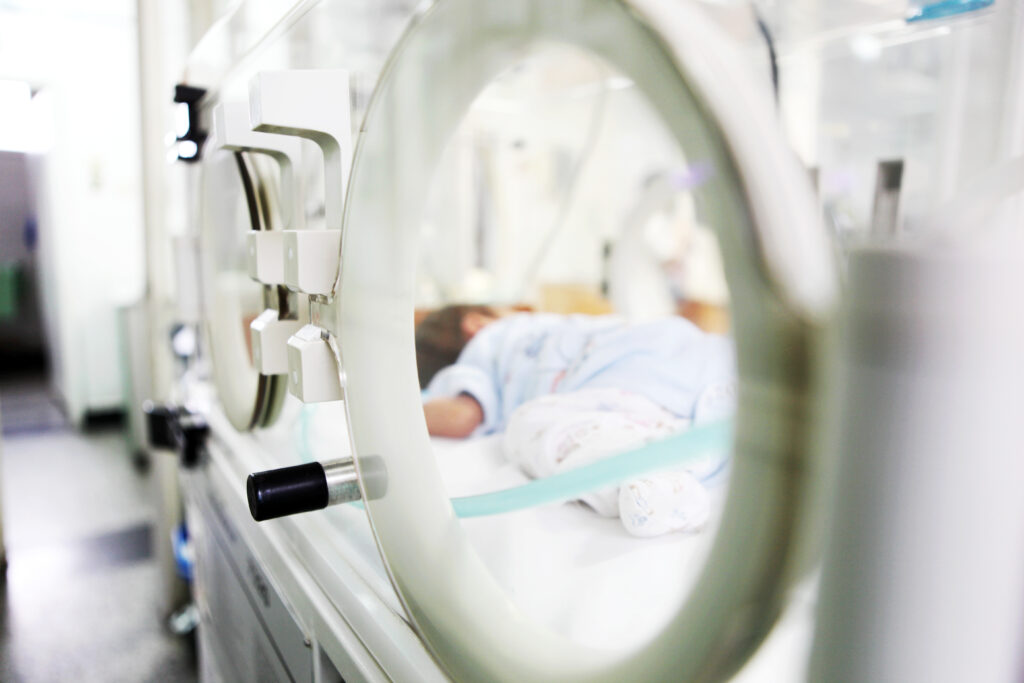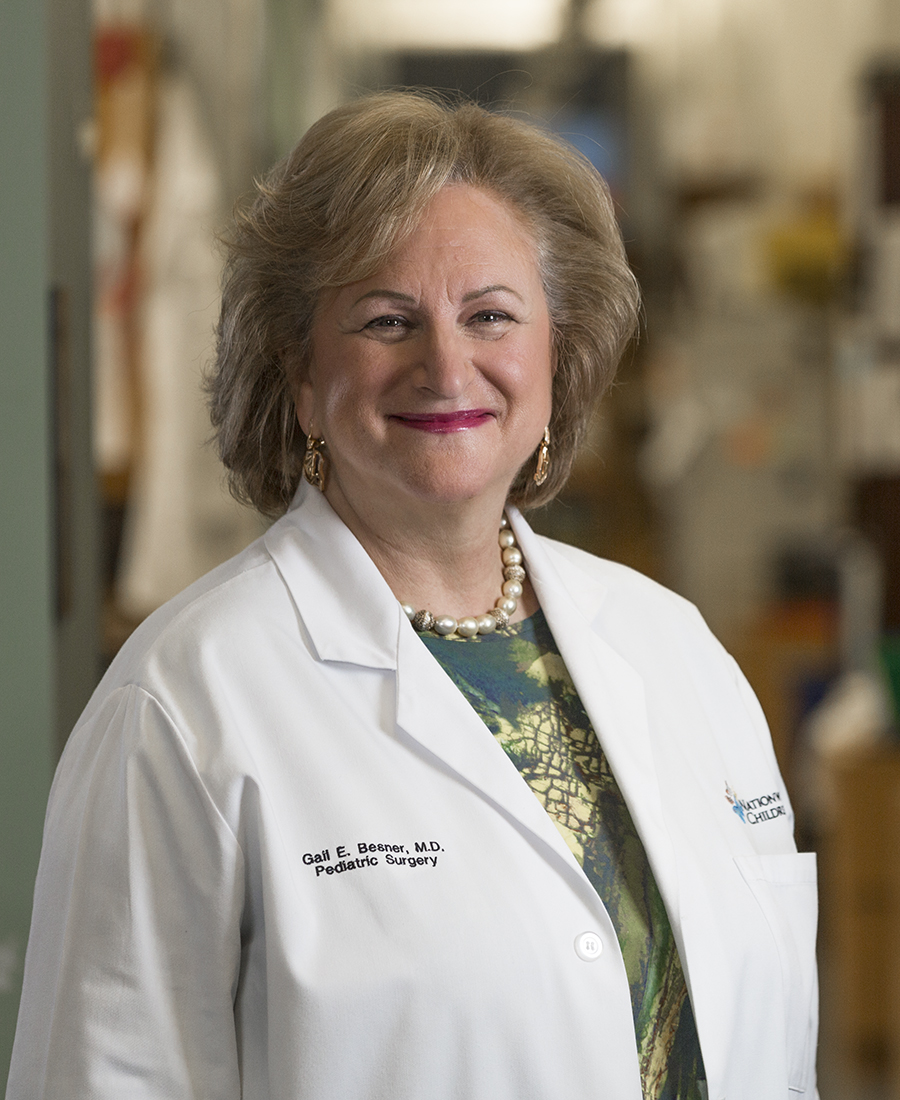Placing Value on a Pediatric Surgeon’s Academic Work
Placing Value on a Pediatric Surgeon’s Academic Work https://pediatricsnationwide.org/wp-content/uploads/2023/04/AdobeStock_214225951-1024x683.jpeg 1024 683 Mary Bates, PhD Mary Bates, PhD https://secure.gravatar.com/avatar/c6233ca2b7754ab7c4c820e14eb518c8?s=96&d=mm&r=g- April 19, 2023
- Mary Bates, PhD

The addition of an academic RVU system to an existing work RVU-based incentivization plan boosted academic productivity in the Department of Pediatric Surgery at Nationwide Children’s Hospital.
At many institutions, physicians and surgeons are compensated using a productivity formula based on work relative value units (wRVUs). wRVUs commonly quantify clinical work, practice expenses and professional liability costs.
However, physicians and surgeons conduct many valuable activities in addition to clinical work, including scientific discovery and education of future generations. While physicians are reimbursed for wRVU productivity, such academic work is typically not incentivized.
In the Department of Pediatric Surgery at Nationwide Children’s Hospital, bonuses were mainly linked to clinical wRVUs until 2012. That year, Gail Besner, MD, assumed the role of chief of Pediatric Surgery and redesigned the incentivization process to also include academic RVUs (aRVUs). The additional aRVUs incentivize activities including grant submissions and funding, peer-reviewed publications, national presentations, National Institute of Health (NIH) Study Section participation, education and mentoring activities, research awards, patents filed, national committee member participation and chairing, national site visits conducted, and faculty and trainee research awards. The weighting of wRVUs and aRVUs for each faculty member is based on the individual’s clinical full-time equivalent (cFTE), such that every faculty member has a personalized ratio of both work and academic RVUs.
“The way that a surgeon or any physician is going to be able to impact patients for generations to come is through research, whether it is basic science, clinical, translational, or quality improvement research,” says Dr. Besner. “For that, they need protected research time – some time when they are not in the clinic or operating room where they can think about their research and academic goals. And that won’t happen if one’s whole entire incentive is based on wRVUs.”
Recently, Dr. Besner led an effort to evaluate the Department’s academic progress since the inception of the aRVU system. In a study published in the Journal of Pediatric Surgery, she and student coauthor Nicole Brigstock analyzed how adding an aRVU scoring system to the existing wRVU-based incentivization plan impacted academic productivity among faculty members.
“One of my goals was to make Nationwide Children’s Department of Pediatric Surgery into a national and internationally recognized powerhouse of pediatric surgery,” says Dr. Besner, who is also a professor of surgery and pediatrics at The Ohio State University College of Medicine. “One way to do that is to build your research programs.”
The results confirmed Dr. Besner’s hopes. During the study period, academic productivity soared: External federal funding increased sevenfold. Annual number of publications increased from 24 to 140, and annual national presentations nearly doubled. Faculty members and their trainees received more competitive research awards; 41 at the time of publication.
What’s more, the increase in academic productivity did not adversely impact clinical work productivity. During the same study period, wRVUs increased by 8%.
Along with the new emphasis on academic productivity came new hires, such as Peter Minneci, MD, MHSc, co-director for the Center for Surgical Outcomes Research at Nationwide Children’s. He joined Nationwide Children’s in 2011 to help build a clinical research focus. He says the aRVU system was not only supportive of his research goals, it also elevated the academic productivity of all of the pediatric surgeons, not just the researchers.

Gail Besner, MD, chief of Pediatric Surgery at Nationwide Children’s Hospital
The way that a surgeon or any physician is going to be able to impact patients for generations to come is through research, whether it is basic science, clinical, translational, or quality improvement research. For that, they need protected research time – some time when they are not in the clinic or operating room where they can think about their research and academic goals. And that won’t happen if one’s whole entire incentive is based on wRVUs.”
“Even a full-time clinical surgeon has some academic components to their incentive matrix, though it may represent a smaller percentage of it than mine,” says Dr. Minneci. “But there is still an academic component, which suggests to the entire division that academics is valued and worthwhile. It motivated everyone in the Department to become more academic.”
Dr. Minneci says the strength of the aRVU system is in the way it values academic work.
“The system uses actual quantitative methods to value academic contributions to the mission of the Department in a way that is objective and clearly defined,” he says. “This helps make sure that faculty members realize that both clinical and academic work are valued, and it allows for people to quantitatively see their productivity in different realms of their work.”
The Department’s aRVU system is attracting attention from the surgeons across the country. According to Dr. Minneci, other institutions with academic missions can learn from Nationwide Children’s example and implement similar systems.
“For other university-affiliated, academic, children’s hospitals, this is a great way to value the research being done and encourage your surgeons to be more academically productive,” he says.
Dr. Besner agrees.
“A lesson to learn is that it is really important to pay attention to what a faculty member’s goals and aspirations are, and to create an environment that optimizes their ability to reach those goals,” she says.
“With this system, you not only get incentivization for your clinical output but for your academic output as well. That’s important in helping faculty members avoid burnout, feel recognized, and understand that their research work is as important as what they do in the operating room.”
This feature was published in the Spring/Summer 2023 issue. Download the full issue.
Reference:
Brigstock NM, Besner GE. Development of an academic RVU (aRVU) system to promote pediatric surgical academic productivity. Journal of Pediatric Surgery. 2022 Jan;57(1):93-99.
Image credit: Adobe Stock (header); Nationwide Children’s (portrait)
About the author
Mary a freelance science writer and blogger based in Boston. Her favorite topics include biology, psychology, neuroscience, ecology, and animal behavior. She has a BA in Biology-Psychology with a minor in English from Skidmore College in Saratoga Springs, NY, and a PhD from Brown University, where she researched bat echolocation and bullfrog chorusing.
-
Mary Bates, PhDhttps://pediatricsnationwide.org/author/mary-bates-phd/December 27, 2016
-
Mary Bates, PhDhttps://pediatricsnationwide.org/author/mary-bates-phd/
-
Mary Bates, PhDhttps://pediatricsnationwide.org/author/mary-bates-phd/
-
Mary Bates, PhDhttps://pediatricsnationwide.org/author/mary-bates-phd/



